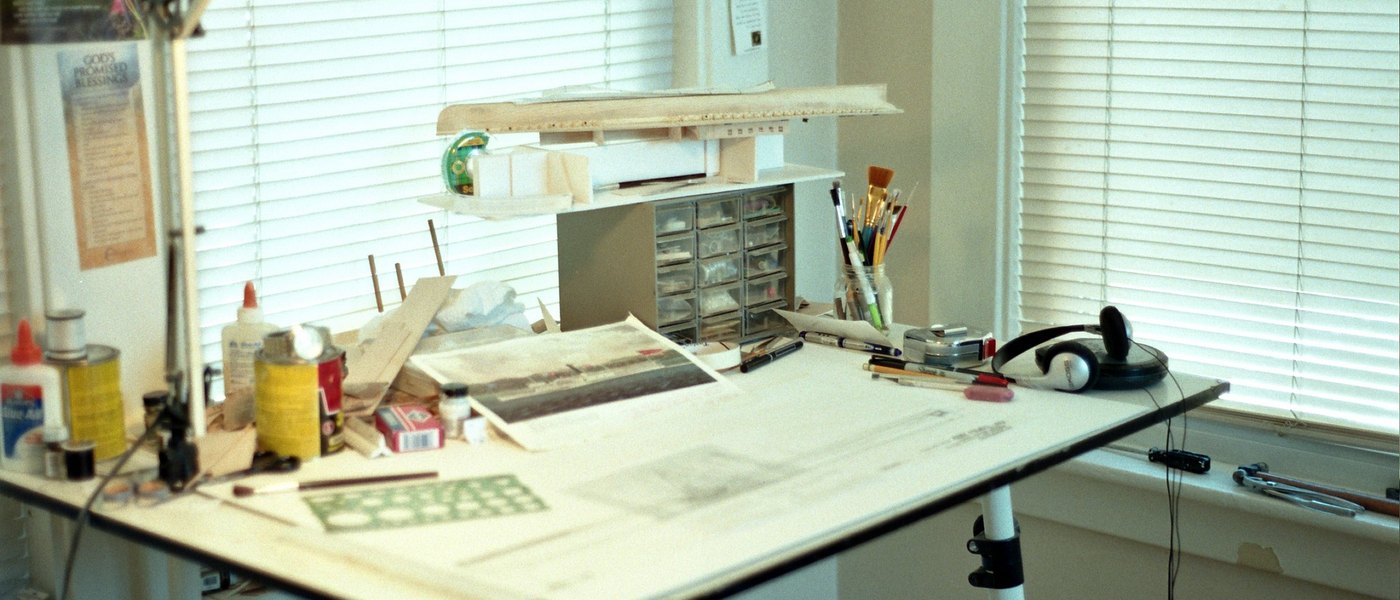Various tools are required to assemble plastic scale models. In this article, we will take a closer look at which tool and what is used in modeling. So, in order.
Model knife
The main purpose of the model knife is to clean plastic parts from flash and sprue remnants. This tool is also used when cutting all kinds of materials used in almost all stages of modeling, be it plastic, wood, polystyrene, foam, etc.
Blades for model knives come in a variety of shapes – triangular, straight, semicircular. There are whole sets of special model knives.
Note that for safety reasons it is better for young modelers to replace the knife with wire cutters and filers, or work under the supervision of adults.
Tweezers
When gluing and adjusting small elements, it is convenient to use tweezers, they will greatly simplify your work. After all, only with the help of this tool you will be able to install and glue miniature parts into confined spaces and hard-to-reach places. Tweezers for modeling are produced in a wide variety of shapes, so choosing the most suitable one will not be difficult for you.
Needle files and sandpaper
After you have separated the plastic parts from the sprue, they must be cleaned before gluing. As a rule, sandpaper or needle files are used for this. After gluing, it may also be necessary to clean the joint.
For plastic, use fine-grained paper to avoid damaging the surface. Needle files are also used for grinding. With this tool, you can process surfaces such as wood, plastic, metal, and their service life is much longer than that of sandpaper. Depending on the task, files of various cross-sections are used: flat, cylindrical, conical, semicircular. In fact, a file is a small file with a fine notch that can get to the most inaccessible places, where you cannot reach with sandpaper.
Plastic nippers
Small plastic cutters with flat cutters are an indispensable tool for modeling. With their help, parts are easily separated from the sprues. It is important that they sit comfortably in the hand and have a return mechanism.
Brushes for painting models
When painting small details, it is convenient to take brushes with a size of “0” and smaller, ie. “00”, “000”, “0000”. For larger elements, sizes from “1” to “12” are already used. The size of the brush is usually indicated on its handle.
Self-healing model rug
The assembly of a scale model at all stages of “construction” is accompanied by the need to use a model knife. In order not to damage the table when working with a knife, you can put thick cardboard or plywood, but the most suitable solution in this matter is a self-healing model cutting mat (another name is “breadboard”), specially designed for these purposes. These rugs have a dense, multi-layer synthetic material that heals itself after cuts. They are available in various sizes, but the most optimal size for work is A3 or A4.
Hand drill
In modeling, this tool is not an essential item for assembly, however, it often helps if you need to process, modify a part or drill a miniature hole. If you plan to deal with the finalization of plastic models and the creation of dioramas, you will definitely need this tool. The mini hand drill can be sold separately or with a set of fine drills with a diameter of 0.1 – 1 mm.
Clamps
Plastic clips can significantly simplify the gluing process and shorten the assembly time of the model. Some are available in various sizes, so it’s easy to find the right ones.
Model glue
And of course there is glue, you can’t do without it in modeling! For plastic models, glue based on polystyrene and butyl acetate is used. They are liquid and thick, in the form of a gel. As a rule, glue does not come in the box with the model (unless it is a Gift Set). It needs to be purchased separately. Note that an ordinary tube / jar with glue is enough for assembling 4-7 models.

